2021 shows mixed performances for active and passive management. Overall, the improvement in the performance of active management initiated since 2020 continues in 2021. Active management benefits from the flexibility to adapt to the post-health crisis context, oscillating between stress and hope of recovery on the equity markets and inflationary pressure and anticipation of a change in monetary policy on the bond markets. Passive management, for its part, was able to capture the phases of strong recoveries in a number of markets.
What were the particularities of 2021?
– Over the year 2021, it is interesting to note that the various performance monitoring indicators between active and passive management give us mixed signals. Performance indicators between two fixed dates, those of performance between the beginning and the end of the year, give signals that are rather favorable to passive management. Between 1 and 31/12/2021, 47% of active managers outperformed ETF management over the whole of 2021 across all 31 BSD Investing universes (equities and bonds) compared to 41% on average over the 10 last years. The outperformance spread between these two dates is negative at -0.5% against a 10-year average of +0.5%. However, the indicators over the whole year give signals that are more favorable to active management, as shown by the rolling indicators over the whole year. Over the rolling year, 56% of the time, more than 50% of active managers outperformed passive management. And the active management outperformance spread was positive more than 75% of the time over the year. Moreover, the average of this positive spread is 2.2%.
– In terms of quarters, the fourth quarter of 2021 was the most difficult of the year for active equity managers, given the rotations towards defensive and value stocks following the announcement in November of the reduction of the purchase program of the FED and expectations of rate hikes.
Are there differences between asset classes?
On equities, performance is mixed between active management and ETF. Looking at the figures between the beginning and the end of the year, active equity management had a worse year in 2021 than in 2020 with 42% of active managers outperforming passive management against 51% in 2020. And a spread negative outperformance of -0.8%. However, rolling data indicates that this spread has been positive 71% of the time, with an average of 2.5%. Moreover, 47% of the time, more than 50% of managers outperformed passive management compared to 32% in 2020. Even in the equity segment, active managers therefore continued to show rising performance in a year marked by strong sector and thematic rotations.
On bonds, active management prevailed in a difficult context, where the rise in inflation and the prospect of normalization by central banks weighed on the bond markets. Active bond management had a very good year equal to that of 2020, with 66% of active managers outperforming passive management. This is well above the 10-year average which was 56%. Rolling data reinforces those results: 84% of the time, more than 50% of managers outperformed passive management versus 66% in 2020. The outperformance spread was positive 87% of the time, with an average of 1.4%.
Which areas have been favorable to active management?
Over 2021, the bond market as well as the emerging and small cap equity markets were the most favorable areas for active management.
In the fixed income segment, active managers posted solid performances despite an environment of rising interest rates and rising inflationary pressures. Active managers active in US and European high-yield bonds, global bonds, global corporate bonds and emerging debt posted the best results. Active managers have been able to benefit from the flexibility to focus on the riskiest part of the credit curve which has outperformed or to take a different risk from that of the corporate or government bond benchmark.
The China, Europe & US small caps, Europe & US value, Japan and emerging equities universes were among the most buoyant for equity active managers.
In Chinese equities, 86% of active managers outperform ETFs, a record over the past 6 years. Active managers are doing well in a difficult environment with strong regulatory pressures and the specter of Evergrande’s bankruptcy looming on the markets. The average outperformance spread is 6.5%. A level to register in the top 3 of the highest spreads over the same period for 10 years. This is mainly due to underexposure to the telecommunications and cyclical consumer sectors, which include the biggest Chinese stocks such as Tencent and Alibaba, which suffered over the period.
In Japan, 59% of active managers outperform ETFs, above the long-term average of 49%. On average, active managers were overweight technology, which outperformed the TOPIX (in €) by 20%. Over the year, 90% of the time, the spread of active managers compared to ETFs was positive and 99% of the time, more than 50% of managers outperformed ETFs.
In emerging equities, also impacted by fears over China, 54% of active managers in emerging markets outperformed their passive counterparts, a level equal to the 10-year average. It was the overexposure to the financials and technology sectors that allowed active managers to do well.
In which areas have ETFs shown the best performances in 2021?
On the bond market, bonds indexed to global and euro inflation are the universes that have recorded the best results for ETFs, as has been the case on average every year over the past 10 years. It should be noted that in the European corporate bond segment in 2021, ETFs are gaining ground: on average, ETFs outperform 59% of active managers, compared to 46% over 10 years.
For equities, in the large cap segment, ETF management continues to outperform. In addition, on growth stocks in Europe and the United States, ETFs are performing well in a segment where active managers have historically been used to outperforming.
Eurozone large cap equities have been a strong point for ETFs. In 2021, ETFs, on average, did better than 84% of active funds. This is higher than the 10-year annual average of 72%. On average, active managers underperformed ETFs by 2.3%. Active managers were penalized by underexposure to the technology and financial sectors, which were the best performing sectors in the zone in 2021, as well as overexposure to the basic materials and durable goods sectors, which underperformed.
On US equities, ETF management continued to post good performances with, on average, ETFs performing better than 72% of active US large cap equity managers. This figure is close to the 10-year average of 74%. On average, active managers underperformed ETFs by 0.6%, due to an underweight in the technology sector which outperformed the S&P 500 index by 7% and in energy which outperformed the S&P 500 by 26%.
On European equities, on average the performance of ETFs is better than that of 62% of active funds in 2021. This is better for ETFs than the annual average over 10 years at 55%. On average, active managers underperformed ETFs by 1.9% In 2021. Active managers suffered from overexposure to mid-cap stocks (+5.5% vs. MSCI Europe) which underperformed (-3.5 % compared to MSCI Europe).
In the United Kingdom, on average the performance of ETFs is better than that of 66% of active funds in 2021. This is better for ETFs than the annual average over 10 years at 50%. On average, active managers underperformed ETFs by 1.7%, due to an underweight in the energy sector which outperformed the FTSE All Shares index by 14% and in the basic materials sector which outperformed the FTSE All Shares by 4%.
What should be learned from the 2021 results to optimize portfolio performance?
The performance comparison between active management and ETFs in 2021 shows mixed performance between active and passive funds depending on market zones and phases. After a decade of bull markets, the Covid 19 crisis has brought the differentiating role of each investment style back to the fore. Having an accurate and dynamic view of what really outperformed is key to making the right investment decisions and improving portfolio performance.
Source : BSD Investing, proprietary database. Data from 31/12/2011 to 31/12/2021. Active fund performance is compared to that of ETFs on the same indexation.
Marlene Hassine Konqui



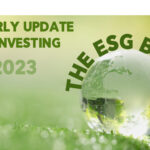
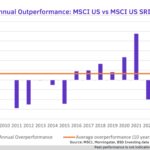




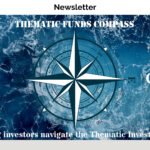
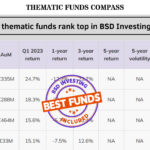
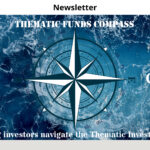
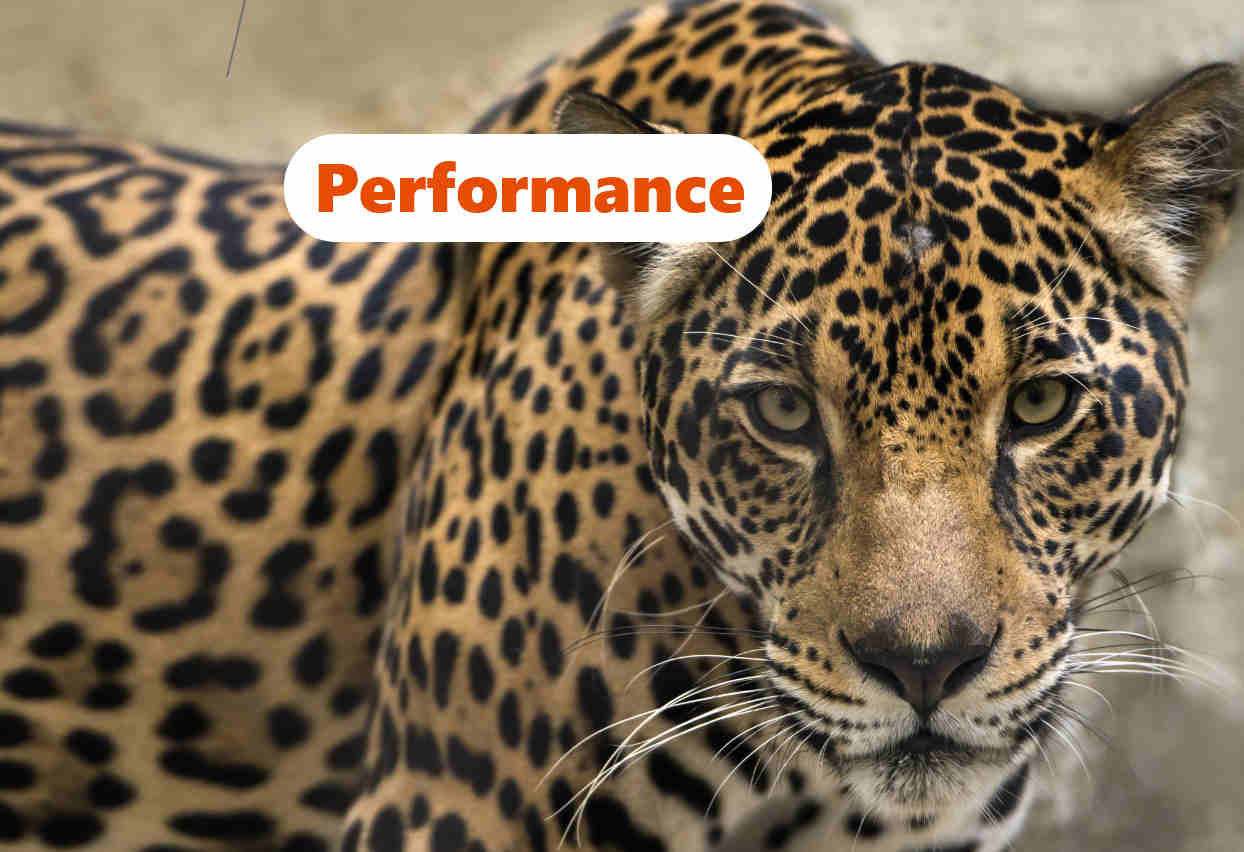
Leave a Reply
You must be logged in to post a comment.